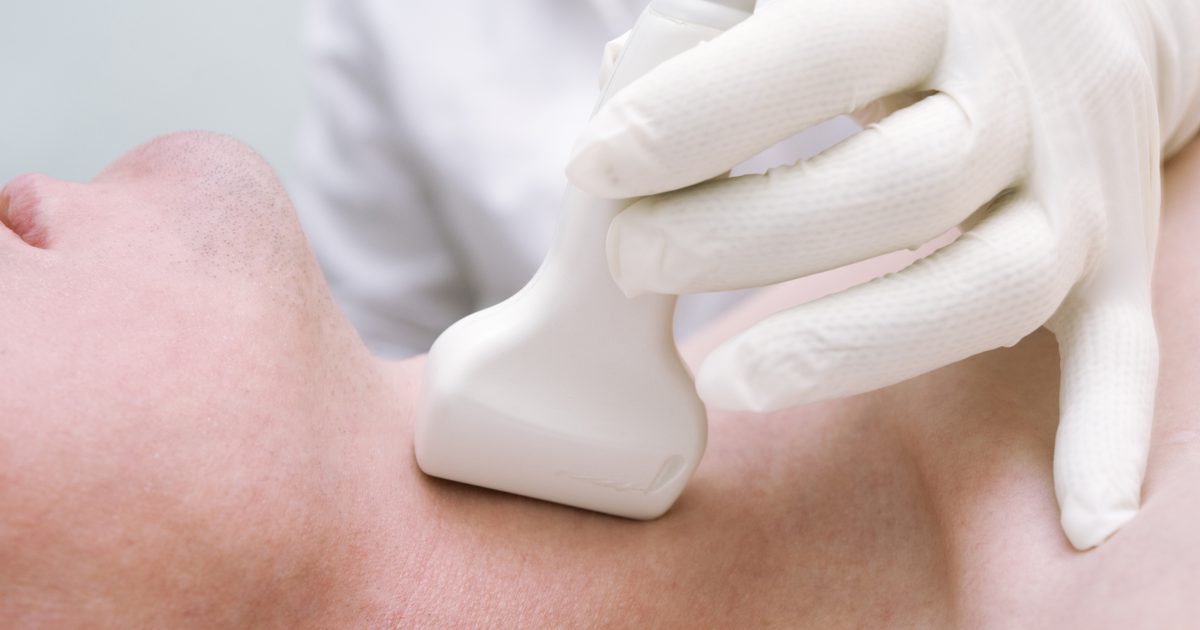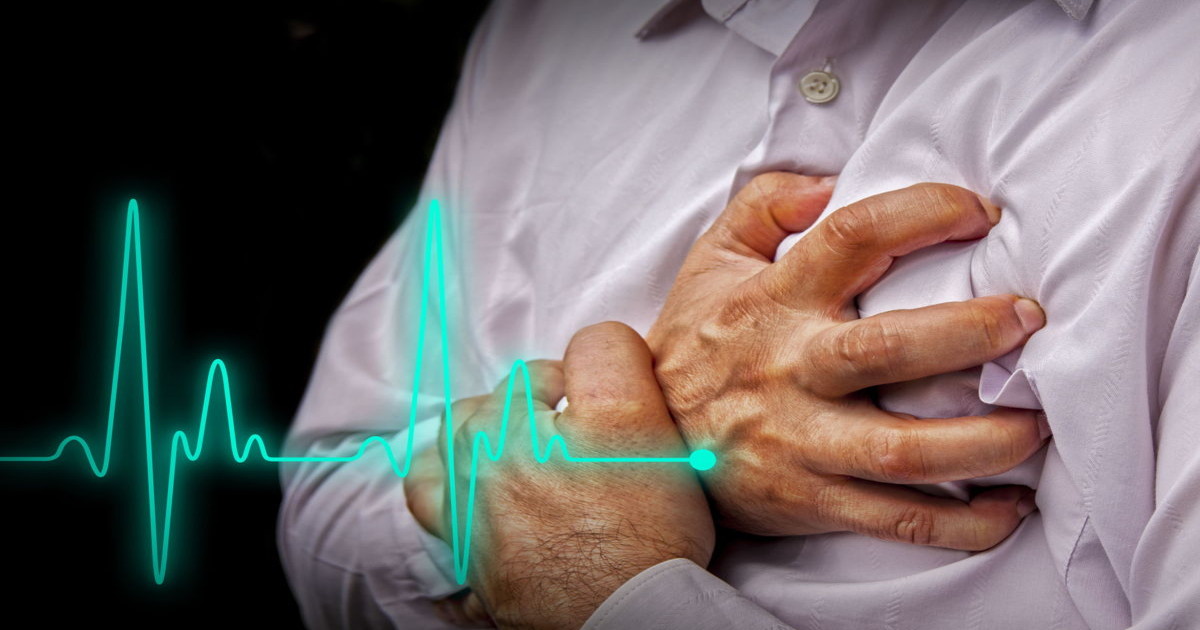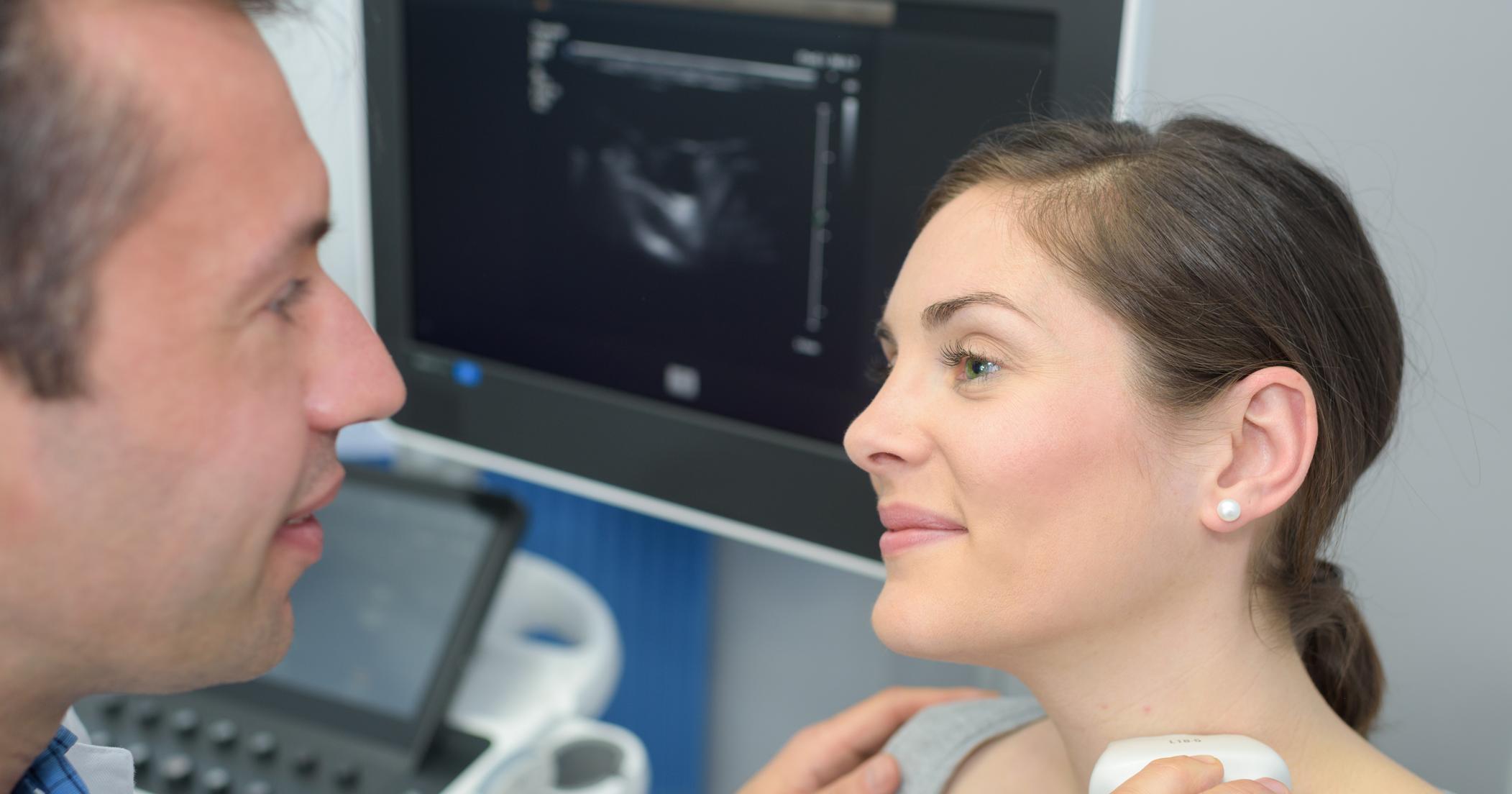What is Hashimoto’s Disease?
Hashimoto’s disease, also known as Hashimoto’s thyroiditis, is an autoimmune condition in which the immune system mistakenly attacks the healthy tissue of the thyroid gland instead of protecting it, which causes thyroid gland inflammation. The thyroid gland is located in front of the neck and is responsible for secreting hormones that influence every chemical reaction in the body, particularly energy, metabolism, reproductive health, and digestion.
Get to know all of the details surrounding Hashimoto's disease, from symptoms and causes to treatment and patient prognosis now.
History Of Hashimoto's Disease

Hashimoto's disease gets its name from Japanese physician Hakaru Hashimoto, who lived from 1881 to 1934 and studied at the Kyushu University medical school. He was the first one to describe the symptoms of patients who had an unusual infiltration of lymphocytes in their thyroids. The study was published in a German journal in 1912. This report helped other physicians understand more about hypothyroidism, a condition that was becoming increasingly common in patients with iodine deficiencies that weren't obviously caused by a dietary deficiency. It wasn't until 1957 that the condition was recognized as being an autoimmune disease. As far as autoimmune diseases go, Hashimoto's disease was the first organ-specific one to be identified.
Keep reading to reveal the causes and risk factors linked to Hashimoto's disease now.
Causes And Risk Factors

Like most autoimmune conditions, there is no known cause of Hashimoto's disease. However, certain factors, such as gender and age increase the risk of developing it. Hashimoto’s can develop at any age, though most cases tend to occur in middle-aged individuals. Women are seven times more likely than men to develop this condition, which suggests sex hormones play a role. Women are more likely to receive a diagnosis within the first year after giving birth. Although most thyroid problems will dissipate over the years, approximately twenty percent of these women will develop Hashimoto’s disease later in life. Genes also play a significant role in the disease's development as individuals who get Hashimoto’s often have a relative with the condition.
Other potential contributing factors include excessive iodine levels, certain medications, and exposure to radiation. Individuals who have been exposed to radiation such as the atomic bombs in Japan, radiation treatment for blood cancer, and the Chernobyl nuclear accident may be at an increased risk for developing Hashimoto's disease. Having other autoimmune conditions, such as lupus, type one diabetes, and rheumatoid arthritis, may also increase the risk of developing Hashimoto's disease.
Continue reading for information on the symptoms of this condition.
Symptoms And Related Conditions

Hashimoto’s disease can develop over the course of several years before symptoms are detected. One of the most common symptoms is the development of goiters, which occur when constant stimulation of the thyroid gland in an attempt for it to release more hormones causes the gland to become enlarged. Although goiters are usually not painful, they may cause difficulty breathing or swallowing and can be embarrassing or affect self-confidence.
Hashimoto’s disease may also cause heart problems such as an increased risk of heart disease due to high cholesterol levels. In rare cases of this disease, a condition known as myxedema, characterized by drowsiness, profound lethargy, and unconsciousness, may develop. Myxedema may occur after exposure to cold, an infection, or a sedative. Cognitive symptoms include depression and memory lapses. Some patients might also experience prolonged or excessive menstrual bleeding, a condition known as menorrhagia.
Continue reading to learn about the link between Hashimoto's disease and hypothyroidism.
Hypothyroidism And Hashimoto's Disease

As the condition progresses, it often results in chronic damage to the thyroid, which typically leads to thyroid hormone levels in the blood dropping. This can often mean hypothyroidism, which is the medical condition referring to an underactive thyroid gland. Hypothyroidism causes symptoms such as extreme fatigue, depression, constipation, heavy periods, dry skin, loss of hair, unexplained weight gain, pale and dry skin, brittle nails, increased cold sensitivity, as well as muscle aches and stiffness. When left untreated, hypothyroidism may cause an enlarged heart or possibly heart failure.
Because of the link between Hashimoto's disease and hypothyroidism, many of the symptoms of hypothyroidism mentioned above, particularly sluggishness, increased sensitivity to the cold, brittle nails, and muscle aches and tenderness, often appear in Hashimoto's disease. There may also be puffiness in the face and an enlarged tongue.
Continue reading to learn how doctors reach a Hashimoto's disease diagnosis.
Diagnosis

Doctors can run a series of tests including a hormone or an antibody test to diagnose (or disprove) Hashimoto's disease in a patient. Both hormone and antibody tests are blood tests, though they look for different indicators in the body. Hormone tests check the amount of hormones the thyroid and pituitary glands are producing. The thyroid hormone levels will be low if the thyroid gland is underactive, but the level of thyroid-stimulating hormone could be elevated as the pituitary gland is trying to stimulate the thyroid into production.
Antibody tests are used because Hashimoto's disease is an autoimmune disorder, and due to this, abnormal antibodies are produced. An antibody blood test can confirm there are antibodies against thyroid peroxidase, also termed TPO antibodies, which is an enzyme typically detected in the thyroid gland. Thyroid peroxidase plays an integral role in the body's production of thyroid hormones. This particular test is key because detecting an underactive thyroid in other ways was next to impossible until symptoms advance. However, this test allows doctors to detect thyroid disorders and related issues, including Hashimoto's disease, much earlier, even if symptoms have not yet appeared.
Continue reading for details on treating Hashimoto's disease once it has been diagnosed.
Treatment

Treatment for Hashimoto's disease depends on each case, but typically involves either observation or a wait-based approach, or the use of medication. Doctors typically employ the observation method of there is no evidence of a hormone deficiency and the patient's thyroid appears to be functioning as it should. Otherwise, medications are typically prescribed, which patients will likely require for the rest of their life. The medication typically prescribed is a synthetic hormone known as levothyroxine.
It is important to note some other medications, supplements, and food can affect the body's ability to absorb levothyroxine. Though waiting at least four hours after taking other medications or supplements can eliminate potential interactions, patients should still speak to their doctors if they are taking any supplements or other medications. Examples include iron supplements and multivitamins with iron, calcium supplements, medication for ulcers, and antacids with aluminum hydroxide. Individuals who consume large amounts of soy products or follow a high-fiber diet should also speak with their doctor about medication for Hashimoto's disease.
Get familiar with the complications linked to Hashimoto's disease next.
Complications Linked To Hashimoto's Disease

If an underactive thyroid gland isn't treated properly, a variety of other health issues can develop. For this reason, it's important for Hashimoto's disease to be diagnosed and treated within a timely manner. When the thyroid is constantly stimulated, it can become enlarged, which causes the development of a goiter. Large goiters aren't usually uncomfortable, but they can interfere with appearance, breathing, and swallowing.
Individuals with Hashimoto's disease may also be at an increased risk of heart disease because of an increase in their 'bad' cholesterol. Underactive thyroid issues can cause depression to develop early and become more severe as time goes on. It also causes a decrease in libido for both women and men, along with slowed cognition. A rare and life-threatening condition called myxedema might develop. This condition first causes drowsiness, then profound lethargy, and finally a coma. Myxedema might be triggered by exposure to the elements, infection, sedatives, or other stress. There's also a higher risk of birth defects in babies born to mothers with untreated hypothyroidism.
Learn about a Hashimoto's disease patient's prognosis next.
Patient Prognosis

Hashimoto's disease is known to cause serious symptoms and potentially life-threatening complications when it goes undetected and untreated. In the most serious cases, this leads to severe nextdaysildenafil illness and organ damage. However, the prognosis is good if a Hashimoto’s disease patient is treated properly. Treatment helps restore the thyroid's proper function, which can reverse the symptoms of Hashimoto's disease and hypothyroidism entirely. Patients with this condition will need to monitor their thyroid levels with periodic blood tests and Freecialiscoupon take medication regularly, and follow any other specific instructions given to them by their primary doctor, but otherwise shouldn't experience problematic symptoms.